Nutrition Facts
0 servings
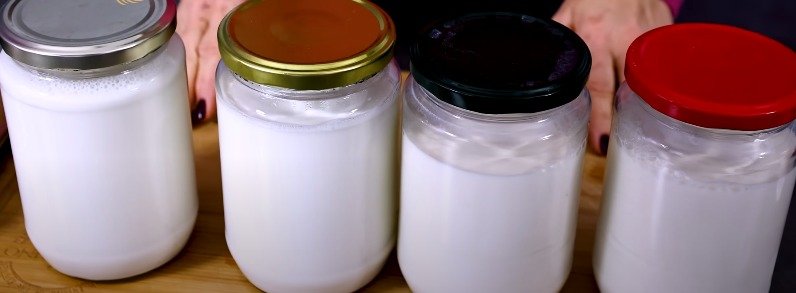
Canning milk in jars is a practical way to preserve this essential dairy product for months or even years, depending on the method used. Here’s a detailed guide on how to can milk, including both pasteurization and sterilization techniques, to ensure your milk stays fresh and safe to consume.
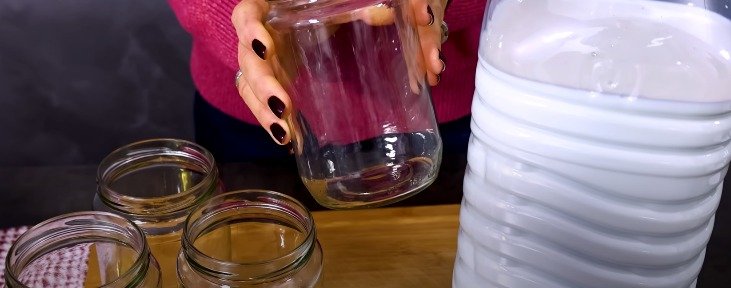
Ingredients and Supplies
Fresh milk (preferably from a local farmer)
Clean, washed jars with new lids
Cloth or towel
Large pan
Pressure cooker with a capacity of at least 6 liters
Thermometer
Step-by-Step Instructions
Preparing the Milk
Source Fresh Milk: Begin by purchasing fresh milk, ideally from a local farmer for the best quality.
Fill the Jars: Pour the milk into clean, washed jars. Ensure that the jars and lids are thoroughly sanitized to avoid contamination.
Seal the Jars: Wipe the tops of the jars to ensure a clean seal, then close them with new, clean lids.
Method 1: Pasteurization
Pasteurization is a process that heats milk to a specific temperature to kill harmful bacteria while preserving its nutritional properties.
Prepare the Pan: Place a cloth at the bottom of a large pan to prevent the jars from direct contact with the pan. Place the jars in the pan.
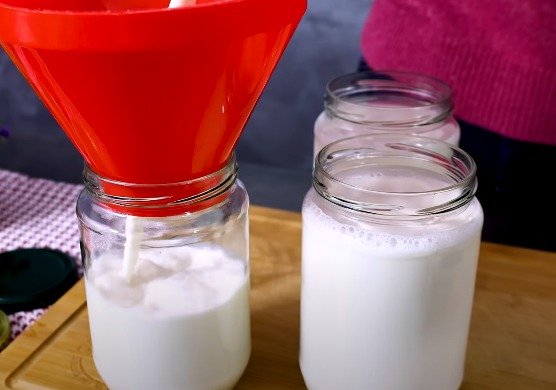
Add Water: Pour water into the pan up to the height of the jar lids.
Heat the Water: Cover the pan and turn on the heat. Once the water reaches 75 degrees Celsius (167 degrees Fahrenheit), maintain this temperature and cook for 60 minutes. This kills 99% of bacteria but not spores.
Cool Down: After 60 minutes, let the jars cool. The center part of the lid should sink in, indicating a vacuum seal.
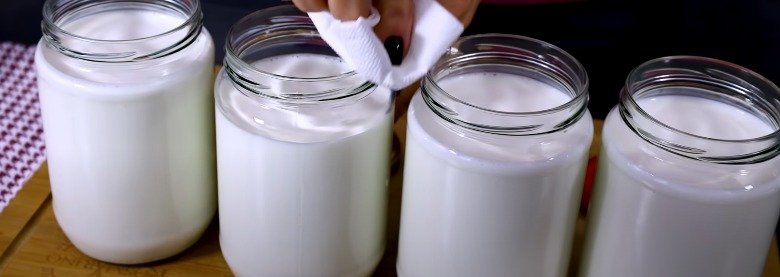
Storage: Store pasteurized milk in the refrigerator or a dark, cool place. Pasteurized milk has a shelf life of up to 3 months.
Method 2: Sterilization
Sterilization heats milk to a higher temperature to eliminate all bacteria and spores, making it suitable for long-term storage in all weather conditions.
Prepare the Pressure Cooker: Pour 1 liter of water into a 6-liter pressure cooker.
Add the Jars: Place the jars in the pressure cooker and close it. Set the pressure regulator to 120 degrees Celsius (248 degrees Fahrenheit).
Heat the Cooker: Turn on the heat and wait for the pressure cooker to reach the set temperature. Once it reaches pressure, cook for 20 minutes.
Cool Down: After 20 minutes, carefully remove the jars and let them cool. The center part of the lid should sink in, indicating a vacuum seal.
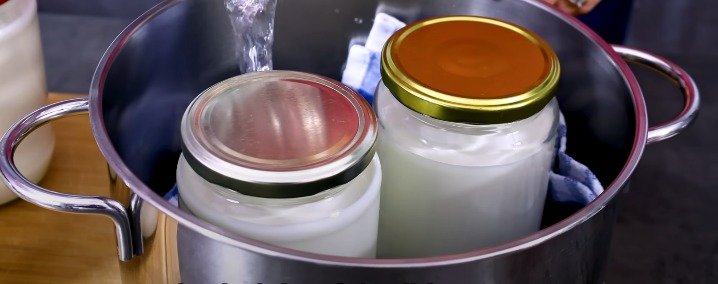
Storage: Store sterilized milk in a dark place. It can be kept outside the refrigerator and lasts more than a year, practically unlimited.
Conclusion
Canning milk is an excellent way to ensure you always have a supply of milk on hand, regardless of refrigeration availability. Whether you choose pasteurization or sterilization depends on your storage needs. Pasteurized milk is ideal for shorter-term storage, while sterilized milk can last indefinitely.
happy canning!
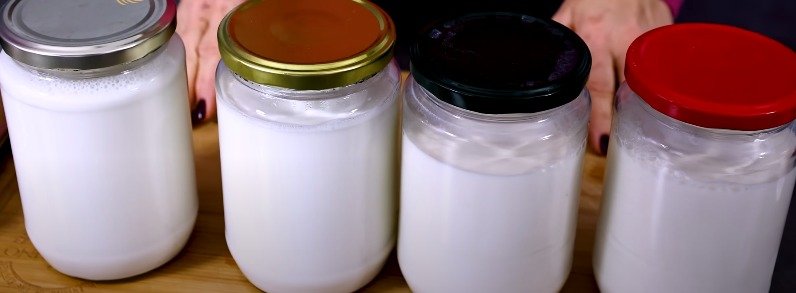
Canning milk in jars is a practical way to preserve this essential dairy product for months or even years, depending on the method used. Here’s a detailed guide on how to can milk, including both pasteurization and sterilization techniques, to ensure your milk stays fresh and safe to consume.

Ingredients and Supplies
Fresh milk (preferably from a local farmer)
Clean, washed jars with new lids
Cloth or towel
Large pan
Pressure cooker with a capacity of at least 6 liters
Thermometer
Step-by-Step Instructions
Preparing the Milk
Source Fresh Milk: Begin by purchasing fresh milk, ideally from a local farmer for the best quality.
Fill the Jars: Pour the milk into clean, washed jars. Ensure that the jars and lids are thoroughly sanitized to avoid contamination.
Seal the Jars: Wipe the tops of the jars to ensure a clean seal, then close them with new, clean lids.
Method 1: Pasteurization
Pasteurization is a process that heats milk to a specific temperature to kill harmful bacteria while preserving its nutritional properties.
Prepare the Pan: Place a cloth at the bottom of a large pan to prevent the jars from direct contact with the pan. Place the jars in the pan.

Add Water: Pour water into the pan up to the height of the jar lids.
Heat the Water: Cover the pan and turn on the heat. Once the water reaches 75 degrees Celsius (167 degrees Fahrenheit), maintain this temperature and cook for 60 minutes. This kills 99% of bacteria but not spores.
Cool Down: After 60 minutes, let the jars cool. The center part of the lid should sink in, indicating a vacuum seal.

Storage: Store pasteurized milk in the refrigerator or a dark, cool place. Pasteurized milk has a shelf life of up to 3 months.
Method 2: Sterilization
Sterilization heats milk to a higher temperature to eliminate all bacteria and spores, making it suitable for long-term storage in all weather conditions.
Prepare the Pressure Cooker: Pour 1 liter of water into a 6-liter pressure cooker.
Add the Jars: Place the jars in the pressure cooker and close it. Set the pressure regulator to 120 degrees Celsius (248 degrees Fahrenheit).
Heat the Cooker: Turn on the heat and wait for the pressure cooker to reach the set temperature. Once it reaches pressure, cook for 20 minutes.
Cool Down: After 20 minutes, carefully remove the jars and let them cool. The center part of the lid should sink in, indicating a vacuum seal.

Storage: Store sterilized milk in a dark place. It can be kept outside the refrigerator and lasts more than a year, practically unlimited.
Conclusion
Canning milk is an excellent way to ensure you always have a supply of milk on hand, regardless of refrigeration availability. Whether you choose pasteurization or sterilization depends on your storage needs. Pasteurized milk is ideal for shorter-term storage, while sterilized milk can last indefinitely.
happy canning!
